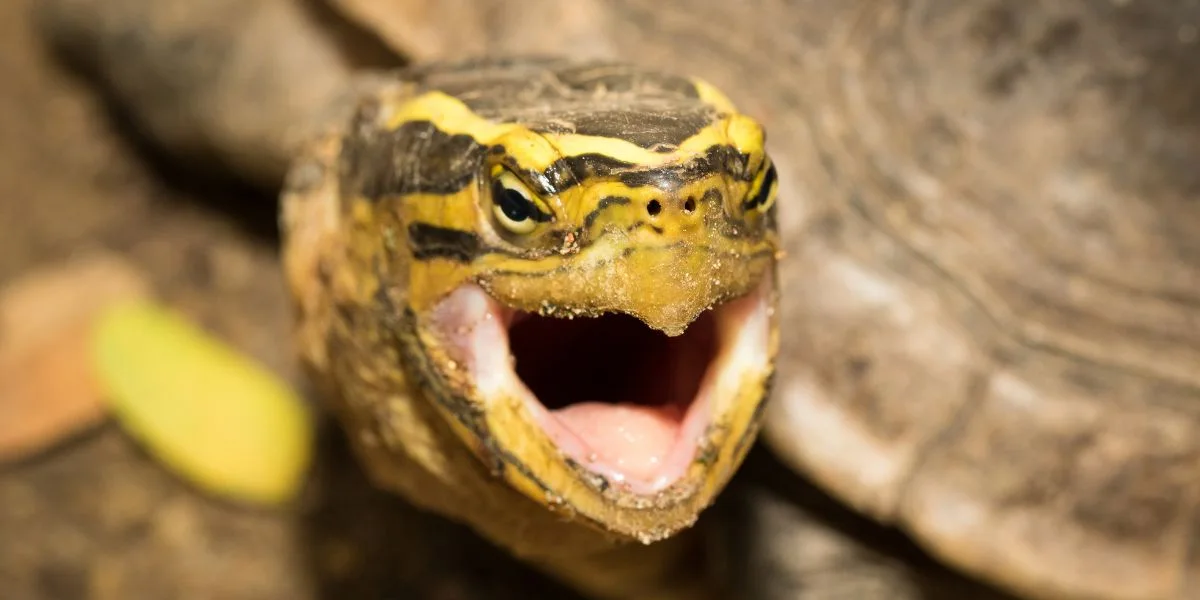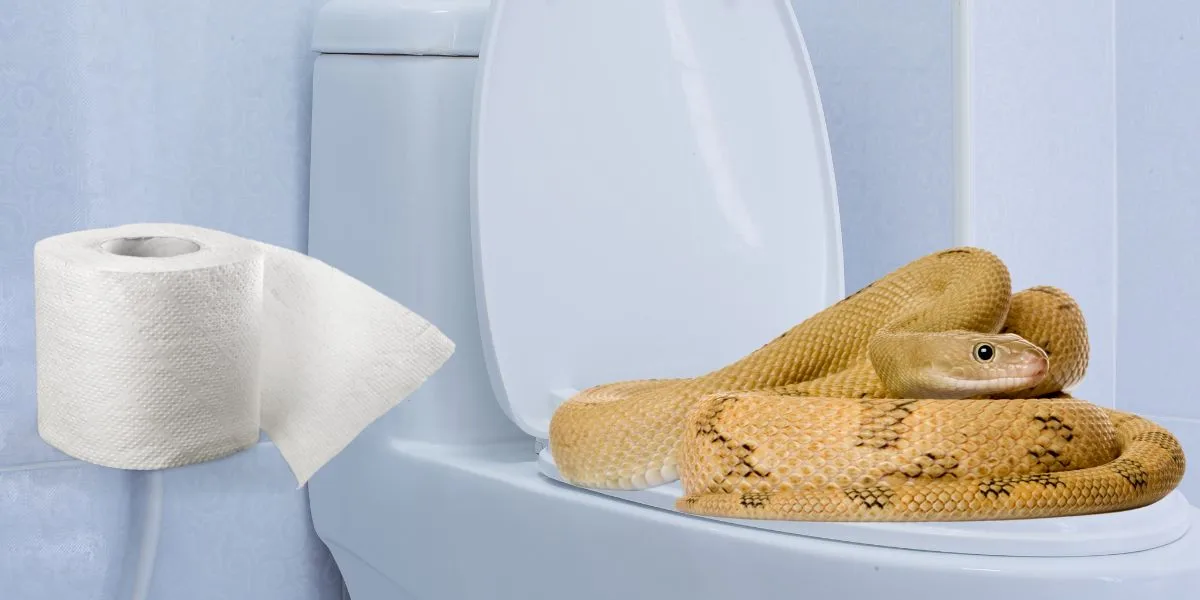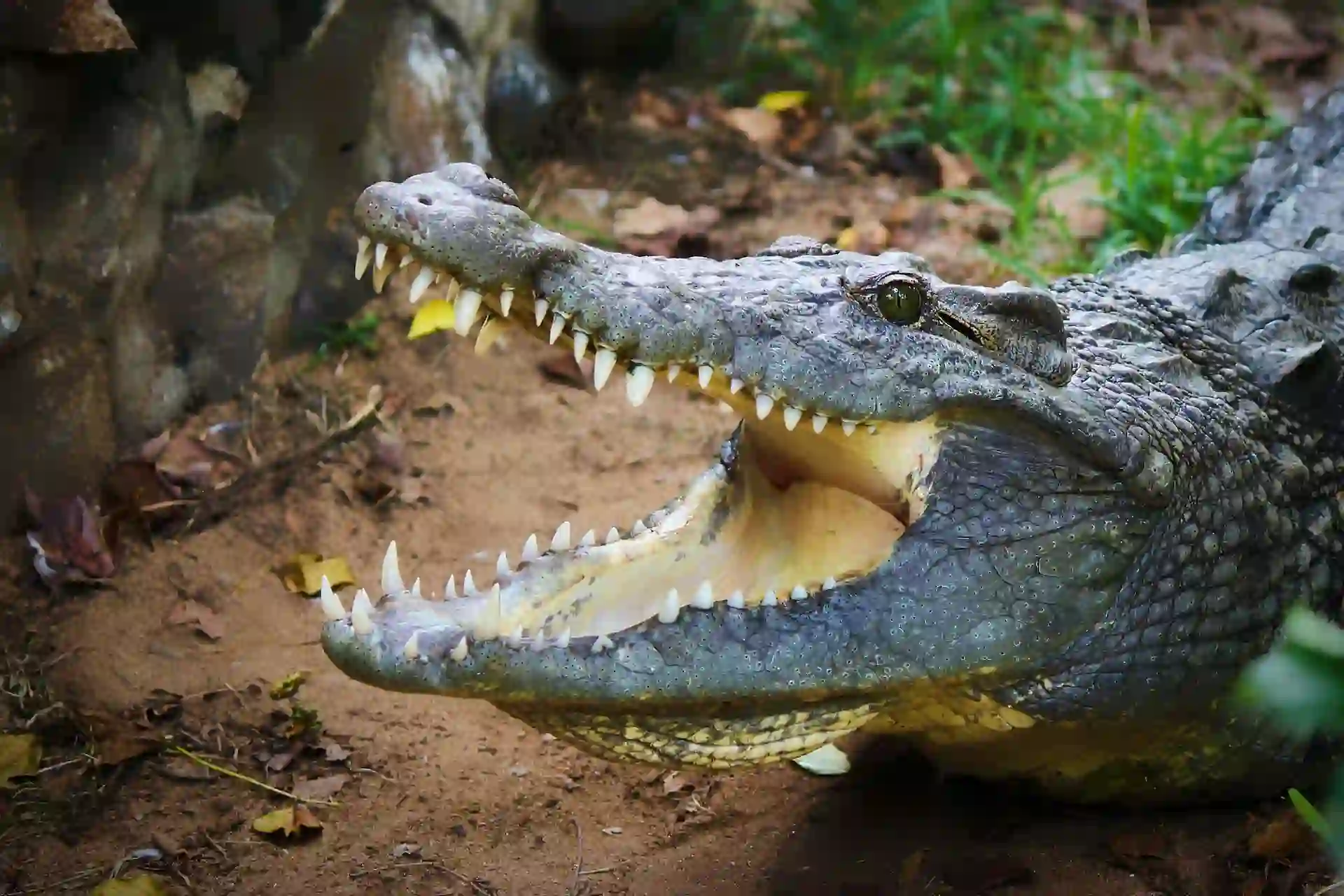In the world of reptile pets, lizards are a popular choice for beginners. They come in a variety of sizes, colors, and temperaments, making them an exciting and unique addition to any household. However, it’s important to choose the right lizard species that is suitable for beginners and matches your lifestyle and preferences.
Beginner-Friendly Pet Lizards
| Lizard Species | Temperament | Care Requirements | Size |
|---|---|---|---|
| Bearded Dragon | Docile and tame | Relatively simple | Medium |
| Leopard Gecko | Calm and docile | Low maintenance | Small |
| Crested Gecko | Tolerant | Low maintenance | Small |
| Blue-Tongued Skink | Friendly | Relatively easy | Medium |
| Anole Lizard | Active | Relatively easy | Small |
Factors to Consider When Choosing a Pet Lizard
- Assess your level of experience and commitment.
- Consider the space available for your lizard’s enclosure.
- Determine your budget for their care and maintenance.
What to Consider When Choosing a Pet Lizard
When choosing a pet lizard, there are several important factors to consider. These factors will help ensure that you select a lizard species that is suitable for beginners and that you can provide the necessary care for your new pet.

Size: One of the first things to consider is the size of the lizard. Some lizards can grow quite large, while others remain relatively small. As a beginner, it is generally recommended to start with a smaller species that is easier to handle and care for.
Temperament: The temperament of the lizard is another crucial factor to consider. Some lizards are known to be more docile and easygoing, while others can be more aggressive or skittish. For beginners, it is usually best to choose a lizard with a calm and friendly temperament.
Care Requirements: Different lizard species have different care requirements. Some lizards require specific temperature and humidity levels, specialized diets, and specific housing setups. It is important to research and understand the care needs of the lizard species you are considering to ensure you can provide the appropriate environment and care.
Ease of Handling: If you are a beginner, you may want to choose a lizard that is easy to handle. Some lizards are more tolerant of being handled and enjoy human interaction, while others may be more prone to stress or discomfort when handled. Consider your comfort level with handling and choose a lizard that matches your preferences.
Lifespan: Lizards can have varying lifespans, with some living only a few years and others living for several decades. It is important to consider the lifespan of the lizard species you are interested in and ensure that you are prepared for the long-term commitment of caring for a pet lizard.
By considering these factors, you can make an informed decision when choosing a pet lizard that is suitable for beginners. It is also recommended to consult with experienced reptile owners or reptile experts to gather additional information and advice before making your final decision.
Remember, proper research and preparation are key to providing a happy and healthy life for your new pet lizard.
Bearded Dragon: A Beginner’s Favorite
One of the top choices for best pet lizards for beginners is the bearded dragon. These reptiles are known for their friendly and docile nature, making them a great option for those who are new to lizard ownership. Bearded dragons are also relatively easy to care for, making them a popular choice among beginners.

One of the reasons why bearded dragons are a favorite among beginners is their calm temperament. They are generally very tolerant of handling and are known to be quite friendly towards their owners. This makes them a great choice for families with children or individuals who want a lizard that they can interact with.
Bearded dragons are relatively low-maintenance compared to some other lizard species. They require a spacious enclosure with proper heating and lighting, as well as a balanced diet consisting of insects and vegetables. However, they are not as demanding as some other lizards when it comes to specific environmental conditions, making them easier to care for.
Another advantage of bearded dragons is their size. While they can grow to be around 18-24 inches in length, they are not as large as some other lizard species. This makes them more manageable for beginners who may not have experience handling larger reptiles.
| Fact | |
|---|---|
| Unique Defense Mechanism | Bearded Dragons have spiky, beard-like scales on their throat that they can puff up when threatened. They may also open their mouth wide and hiss, creating an intimidating appearance to ward off predators. |
| Environmental Awareness | Bearded Dragons are ectothermic, relying on external heat sources to regulate their body temperature. They can move between warmer and cooler areas in their enclosure to maintain their preferred body temperature. |
| Omnivorous Diet | Although commonly known as insectivores, Bearded Dragons are actually omnivorous. They consume a variety of insects, fruits, vegetables, and leafy greens in the wild. It’s important to provide a balanced diet to meet their nutritional needs. |
| Impressive Lifespan | With proper care, Bearded Dragons can live between 8 to 12 years on average, but some individuals have been known to live up to 15 years or more. This makes them a long-term commitment as a pet. |
| Social Creatures | Bearded Dragons are social animals that enjoy human interaction. With regular handling and socialization, they can become tame and develop a bond with their owners. They are known for their friendly and curious nature, making them enjoyable pets to interact with. |
Overall, the bearded dragon is a fantastic choice for beginners looking to keep a pet lizard. Their friendly nature, ease of care, and manageable size make them a favorite among lizard enthusiasts.
However, it is important to note that even though they are beginner-friendly, they still require proper care and attention to thrive. It is essential to do thorough research and consult with experienced reptile owners or veterinarians before bringing a bearded dragon or any other pet lizard into your home.
Leopard Gecko: Low Maintenance and Docile
Leopard geckos are often considered one of the best pet lizards for beginners due to their low maintenance and docile nature. These small lizards are native to the deserts of Afghanistan, Pakistan, and India, and have become increasingly popular as pets in recent years.

One of the main reasons leopard geckos are great for beginners is their relatively simple care requirements. They are insectivores, meaning they primarily eat insects such as crickets and mealworms.
This makes feeding them quite easy and affordable. Leopard geckos also have specific temperature and humidity needs, but these can be easily met with the right setup. They require a warm side of their enclosure with a temperature gradient ranging from 88-92°F (31-33°C) during the day and a cooler side around 75-80°F (24-27°C).
A heat mat or heat lamp can be used to provide the necessary warmth. As for humidity, leopard geckos prefer a dry environment, so a humidity level of around 30-40% is sufficient.
In addition to their low maintenance requirements, leopard geckos are known for their docile nature. They are generally calm and easy to handle, making them a great choice for beginners who may be nervous about handling a lizard for the first time. Leopard geckos are not prone to biting or aggressive behavior, although it’s always important to handle them gently and with care.
Leopard geckos also come in a variety of colors and patterns, making them visually appealing pets. From the classic yellow and black “normal” morph to more exotic morphs like the “tangerine” or “jungle” morph, there is a leopard gecko to suit every taste.
| Fact | |
|---|---|
| Nocturnal Creatures | Leopard Geckos are primarily nocturnal, meaning they are most active during the night. They have adapted to this lifestyle and have excellent night vision. |
| Unique Eyelids | Leopard Geckos have a specialized type of eyelid called a “spectacle” or “eyecap.” These transparent eyelids help protect their eyes and keep them moist. Interestingly, they can lick their eyes to clean them as well. |
| Tail Regeneration | One fascinating ability of Leopard Geckos is their capability to regenerate their tails. If their tail is damaged or dropped as a defense mechanism, a new one will gradually grow back. The regenerated tail may not be identical to the original, but it serves as a storage for fat reserves and can be used for balance. |
| Vocal Communication | While not as vocal as some other reptiles, Leopard Geckos can produce various sounds to communicate. They may chirp, click, or make a soft rattling sound by vibrating their tails. Males may also produce a series of short, repetitive calls to attract females during the breeding season. |
| Ability to Detach and Eat Their Own Skin Shed | Leopard Geckos, like many reptiles, shed their skin regularly. However, they have the unique ability to eat their own shed skin. This behavior is believed to serve multiple purposes, including providing extra nutrients and reducing the likelihood of predators detecting their presence through the scent of the shed skin. It is important to provide proper humidity and moisture to facilitate a healthy shedding process. |
Overall, leopard geckos are a fantastic choice for the best pet lizards for beginners. Their low maintenance requirements, docile nature, and beautiful appearance make them a popular and rewarding pet option. With proper care and handling, leopard geckos can live for 10-20 years, providing years of enjoyment for their owners.
Crested Gecko: A Unique and Easy-to-Handle Choice
The crested gecko is a popular choice among beginner lizard owners due to its unique appearance and ease of handling. Native to New Caledonia, these lizards are known for their distinctive crests that run from their eyes to their tail. They come in a variety of colors and patterns, making them visually appealing pets.
One of the main reasons why crested geckos are the best pet lizards for beginners is due to their docile temperament. They are generally calm and easy to handle, making them a great choice for those who are new to reptile ownership.

Unlike some other lizard species, crested geckos do not require frequent handling to become comfortable with their owners. They are typically not prone to biting or aggression, which adds to their appeal as a beginner-friendly pet.
In terms of care requirements, crested geckos are relatively low maintenance. They are arboreal lizards, meaning they spend most of their time in trees or climbing on branches. As such, they require a tall enclosure with plenty of vertical space for climbing. A terrarium with live plants and branches will provide them with a stimulating and naturalistic environment.
Crested geckos are primarily insectivores, but they can also be fed a powdered diet that is specifically formulated for them. This makes feeding them relatively easy and convenient for beginners. They also have specific humidity and temperature requirements, but these can be easily maintained with the use of a hygrometer and a heat source.
Another advantage of crested geckos is their longevity. With proper care, they can live for 15 to 20 years, making them a long-term commitment for beginner lizard owners. They are also known for their ability to regenerate their tails if they are dropped or injured, which is a fascinating trait to observe.
| Fact | |
|---|---|
| Living Fossil | Crested Geckos are often referred to as “living fossils” because they were once thought to be extinct but were rediscovered in 1994. They are native to New Caledonia, a group of islands in the South Pacific. |
| Unique Eyelashes | Crested Geckos have remarkable eyelashes, known as “eyelash crests,” which set them apart from other gecko species. These fringed scales above their eyes enhance their appearance and are believed to help protect their eyes and aid in shedding. |
| Nocturnal and Arboreal Habitat | Crested Geckos are primarily nocturnal, meaning they are most active during the night. They are also arboreal, spending most of their time in trees and vegetation. They have specialized toe pads that allow them to climb and cling to surfaces, including smooth glass. |
| Ability to Drop Their Tail | Similar to other gecko species, Crested Geckos can voluntarily detach their tail as a defense mechanism. If their tail is grabbed or injured, it will detach, allowing the gecko to escape while the predator is left with just the tail. Although the tail won’t grow back, Crested Geckos can still live a healthy life without it. |
| Vocal Communication | Crested Geckos are known for their vocalizations. They can produce a variety of sounds, including chirps, barks, clicks, and growls. These vocalizations serve different purposes, such as territorial displays, courtship rituals, or warning signals to other geckos. Their vocal repertoire adds an interesting dimension to their behavior and communication. |
Overall, the crested gecko is a unique and easy-to-handle choice for beginners. Their docile temperament, low maintenance care requirements, and visually appealing appearance make them a popular pet lizard option. Whether you are new to reptile ownership or looking to expand your collection, the crested gecko is definitely worth considering.
Blue-Tongued Skink: A Friendly and Hardy Lizard
The Blue-Tongued Skink is a popular choice for beginner lizard owners due to its friendly nature and hardiness. These lizards are native to Australia and are known for their distinctive blue tongues, which they use as a defense mechanism to scare away predators.
One of the reasons why Blue-Tongued Skinks are great for beginners is their docile temperament. They are generally calm and easy to handle, making them a great choice for those who are new to reptile ownership. They are not prone to biting or aggression, which makes them suitable pets for families with children.
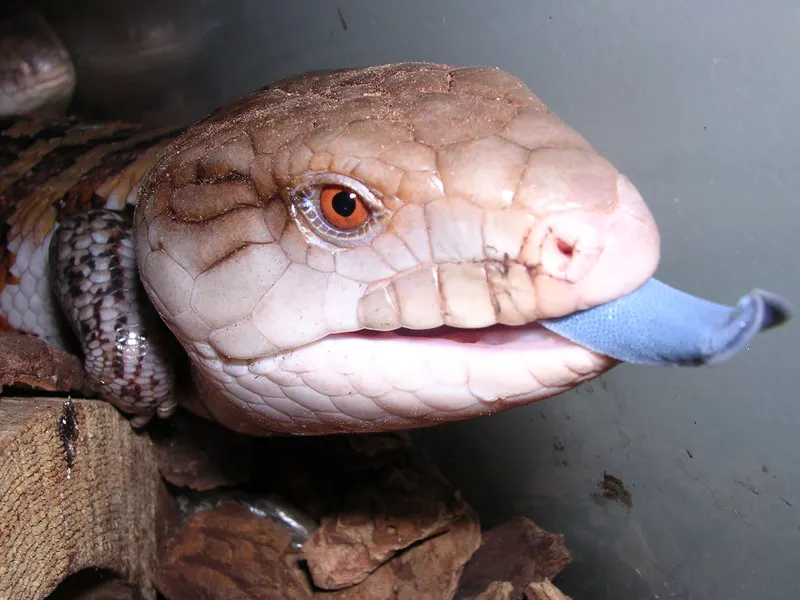
Blue-Tongued Skinks are relatively low-maintenance. They require a spacious enclosure with a temperature gradient, as well as a UVB light source for proper calcium absorption. Their diet consists of a variety of fruits, vegetables, and protein sources such as insects and small rodents. It is important to provide them with a balanced diet to ensure their overall health and well-being.
Another advantage of owning a Blue-Tongued Skink is their hardiness. These lizards are known for their ability to adapt to different environments and tolerate a wide range of temperatures. They are also less prone to health issues compared to other lizard species, making them a great choice for beginners who may still be learning about reptile care.
However, it is important to note that Blue-Tongued Skinks can grow quite large, reaching up to 2 feet in length. Therefore, it is essential to provide them with a spacious enclosure that allows for adequate movement and exercise.
Additionally, they are known to have a long lifespan, with some individuals living up to 20 years or more. Potential owners should be prepared for the long-term commitment that comes with owning a Blue-Tongued Skink.
| Fact | |
|---|---|
| Distinctive Blue Tongue | Blue-Tongued Skinks are named for their unique blue tongue, which they use as a defensive mechanism. When threatened, they stick out their tongue to startle predators. The bright blue color acts as a warning signal, deterring potential threats. |
| Omnivorous Diet | Blue-Tongued Skinks have a diverse diet and are considered omnivorous. They consume a variety of food, including fruits, vegetables, flowers, insects, snails, and even small vertebrates. Their ability to eat a wide range of items contributes to their adaptability and survival in different environments. |
| Live-Bearing Species | Unlike many reptiles, Blue-Tongued Skinks are live-bearing, meaning they give birth to live young rather than laying eggs. Females retain the eggs inside their bodies until they hatch, and then give birth to fully formed miniature skinks. This reproductive strategy allows for greater parental care and increases the chances of survival for the offspring. |
| Docile Nature | Blue-Tongued Skinks are known for their docile temperament, which makes them popular pets. They are generally tolerant of handling and can become quite tame with regular interaction. However, as with any animal, it’s important to handle them gently and provide proper care to ensure their well-being. |
| Variety of Species and Subspecies | Blue-Tongued Skinks encompass a diverse group of species and subspecies. The most commonly kept species as pets is the Northern Blue-Tongued Skink (Tiliqua scincoides intermedia). However, there are other species and subspecies, each with unique characteristics and habitat preferences. These variations offer reptile enthusiasts a wide range of choices when considering a Blue-Tongued Skink as a pet. |
In conclusion, the Blue-Tongued Skink is a friendly and hardy lizard that is well-suited for beginners. Their docile temperament, low-maintenance care requirements, and adaptability make them an excellent choice for those who are new to reptile ownership. With proper care and attention, a Blue-Tongued Skink can make a wonderful and long-lasting pet making it one of the best pet lizards for beginners.
Anole Lizard: Small and Active Beginner’s Pet
The Anole lizard is a popular choice for beginners due to its small size and active nature. These lizards are native to the southeastern United States and are known for their vibrant colors and quick movements. They are relatively easy to care for and can be a great addition to any beginner’s reptile collection.
One of the main advantages of owning an Anole lizard is their small size. They typically grow to be around 5-8 inches in length, making them suitable for smaller living spaces. Their small size also means that they require less space and can be housed in a smaller enclosure compared to larger lizard species.
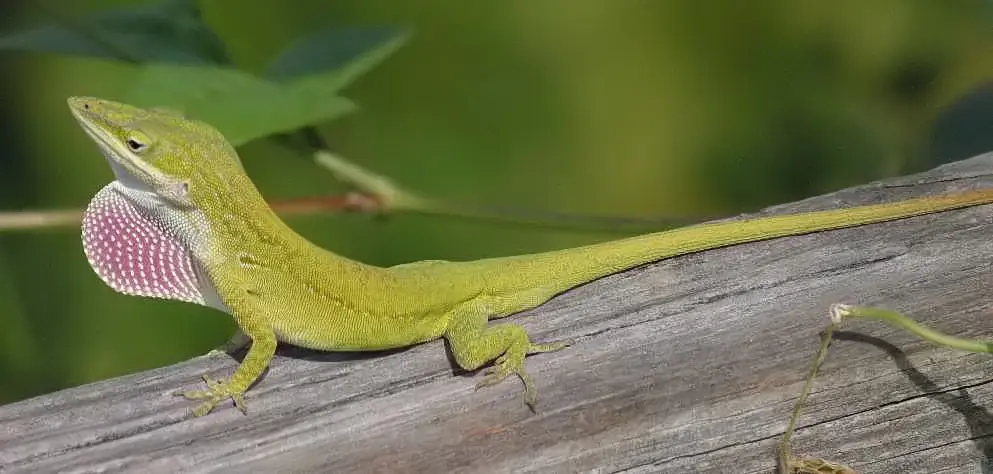
Anole lizards are also known for their active nature. They are constantly on the move, climbing and exploring their environment. This can make them an interesting and entertaining pet to watch. However, it is important to provide them with plenty of climbing opportunities and a spacious enclosure to accommodate their active lifestyle.
In terms of care requirements, Anole lizards are relatively low maintenance. They require a temperature range of 75-85 degrees Fahrenheit and a humidity level of around 60-70%. They should be provided with a UVB light source to meet their vitamin D needs. Anole lizards are insectivores, so their diet consists mainly of small insects such as crickets and mealworms.
When it comes to handling, Anole lizards can be a bit skittish and may not enjoy being handled as much as other lizard species. However, with proper socialization and gentle handling, they can become more comfortable with human interaction over time.
| Fact | |
|---|---|
| Color-Changing Abilities | Anole Lizards are known for their remarkable color-changing abilities. They can alter their skin color to match their surroundings, communicate with other lizards, regulate body temperature, and display their emotions. These changes are controlled by specialized cells called chromatophores in their skin, which expand or contract to reveal different pigments. This ability to change colors is a fascinating adaptation that helps them camouflage, communicate, and regulate their body functions. |
| Dewlap Display | Anole Lizards have a flap of skin beneath their chin called a dewlap. Males often use their dewlap to display vibrant colors and expand it as a visual signal to attract mates or establish territory. Dewlap displays can be seen during courtship rituals or aggressive interactions with other lizards. The size, shape, and coloration of the dewlap can vary among different anole species and subspecies. |
| Arboreal Adaptations | Anole Lizards are arboreal creatures, meaning they spend a significant amount of time in trees and vegetation. They have specialized adaptations for this lifestyle, such as long, agile tails that aid in balance and gripping surfaces, toe pads with adhesive structures to facilitate climbing, and a slender body shape that allows them to navigate through branches and foliage. These adaptations help them thrive in their natural habitat and move with agility and precision. |
| Regenerative Abilities | Anole Lizards possess regenerative abilities, particularly in their tails. If their tail is injured or detached, it can regenerate over time. The regrown tail may not be an exact replica of the original, but it helps the lizard maintain balance, store fat reserves, and may serve as a distraction to predators. This remarkable regenerative ability allows them to recover from tail-related injuries and continue their normal activities. |
| Geographic Distribution | Anole Lizards are found in various regions across the Americas, including the southeastern United States, the Caribbean, and Central and South America. They have successfully colonized different habitats, including tropical rainforests, grasslands, deserts, and urban areas. Their wide geographic distribution contributes to their overall diversity, with different species and subspecies adapting to their specific environments and displaying distinct characteristics. Anole Lizards offer a fascinating example of adaptive radiation and speciation. |
Overall, the Anole lizard is a great choice for beginners who are looking for a small and active pet lizard. With their vibrant colors and active nature, they can provide hours of entertainment. Just make sure to provide them with the proper care and environment to thrive.
Conclusion: Finding the Perfect Pet Lizard for Beginners
In conclusion, there are several excellent options for beginners looking to keep a pet lizard. Each of the top 5 beginner-friendly pet lizards mentioned in this guide offers unique characteristics and qualities that make them suitable for novice reptile owners.
- Bearded Dragon:
- Friendly temperament
- Easy to handle
- Relatively low maintenance
- Can live for up to 10 years or more
- Leopard Geckos:
- Docile nature
- Easy to handle and interact with
- Simple care requirements
- Thrive in a properly set up enclosure
- Crested Gecko:
- Unique and easy-to-handle choice
- Striking appearance
- Gentle demeanor
- Relatively low maintenance
- Visually appealing pet
- Blue-Tongued Skink:
- Friendly and hardy lizard
- Calm temperament
- Easy to handle
- Can live for up to 20 years
- Long-term commitment
- Anole Lizard:
- Small and active beginner’s pet
- Relatively easy to care for
- Suited for observation rather than handling
- Quick and agile nature
- Suitable for limited space
When choosing a pet lizard, it’s crucial to consider factors such as the lizard’s care requirements, temperament, and ease of handling. It’s also important to research and understand the specific needs of each species to ensure that you can provide a suitable environment for your new pet.
By following the guidelines and recommendations provided in this guide, beginners can confidently choose the perfect pet lizard that suits their preferences and lifestyle. Remember to always prioritize the well-being and happiness of your pet lizard by providing them with a proper habitat, nutrition, and regular veterinary care.
With the right knowledge and commitment, owning a pet lizard can be a rewarding and enjoyable experience for beginners and reptile enthusiasts alike.
Frequently Asked Questions about Pet Lizards
The best beginner-friendly pet lizard depends on your preferences and level of experience. However, some popular choices for beginners include bearded dragons, leopard geckos, crested geckos, blue-tongued skinks, and anole lizards.
The amount of space a pet lizard needs depends on its species and size. Generally, a 20-gallon tank is suitable for small lizards, while larger species may require a 40-gallon or larger enclosure. It’s important to provide enough space for your lizard to move around comfortably.
The diet of a pet lizard varies depending on its species. Most lizards are insectivores and require a diet consisting of live insects such as crickets, mealworms, and dubia roaches. Some lizards, like bearded dragons, also eat vegetables and fruits as part of their diet.
The feeding frequency for pet lizards depends on their age and species. Generally, young lizards require daily feedings, while adult lizards may be fed every other day or a few times a week. It’s important to provide a balanced diet and monitor your lizard’s weight to ensure they are getting enough food.
While some pet lizards can be handled, not all of them enjoy being held. It’s important to research the specific species you are interested in to understand their temperament and handling requirements. Some lizards, like bearded dragons and leopard geckos, are known to be more tolerant of handling.
The lifespan of a pet lizard varies depending on the species. Some lizards, like anole lizards, have a shorter lifespan of around 2-3 years, while others, like bearded dragons, can live up to 10-15 years or more with proper care.
Additional Resources for Beginner Lizard Owners
As a beginner lizard owner, it’s important to have access to reliable resources that can provide you with further information and guidance on caring for your new pet. Here are some additional resources that can be helpful for beginners:
Reptile Care Guides: There are numerous reptile care guides available both online and in bookstores. These guides provide detailed information on various aspects of lizard care, including habitat setup, feeding, handling, and health maintenance. They often include species-specific information, making it easier for beginners to understand the specific needs of their chosen lizard.
Online Forums and Communities: Joining online forums and communities dedicated to reptile and lizard owners can be a great way to connect with experienced owners and seek advice. These platforms allow you to ask questions, share experiences, and learn from others who have already gone through the process of caring for a pet lizard. Some popular online forums include Reptile Forums UK and Reptile Boards.
Reptile Expos and Shows: Attending reptile expos and shows can be a fun and educational experience for beginner lizard owners. These events often feature a wide variety of reptiles, including lizards, and provide an opportunity to interact with breeders, experts, and other enthusiasts. You can learn more about different lizard species, their care requirements, and even purchase supplies and accessories for your pet.
Local Herpetological Societies: Many cities have herpetological societies or reptile clubs that organize meetings, workshops, and educational events for reptile enthusiasts. These societies often have experienced members who are willing to share their knowledge and provide guidance to beginners. They may also have resources such as care sheets and recommended veterinarians in the area.
Veterinarians with Reptile Experience: Finding a veterinarian who specializes in reptiles is crucial for the health and well-being of your pet lizard. These professionals have the knowledge and experience to provide proper medical care and advice. They can also guide you on preventive measures and help you identify any potential health issues early on. It’s recommended to research and locate a reptile veterinarian in your area before bringing home a pet lizard.
By utilizing these additional resources, beginner lizard owners can enhance their knowledge and ensure they are providing the best care for their new pet.
Remember, proper research and understanding of your chosen lizard species are key to creating a happy and healthy environment for your new reptilian friend.


